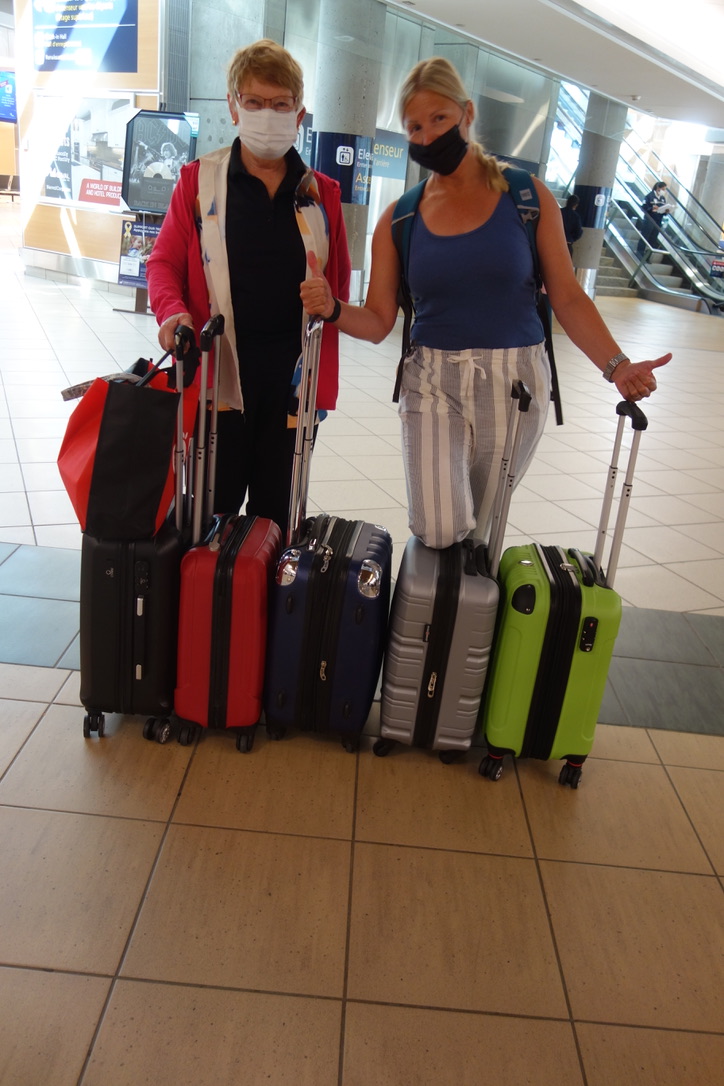
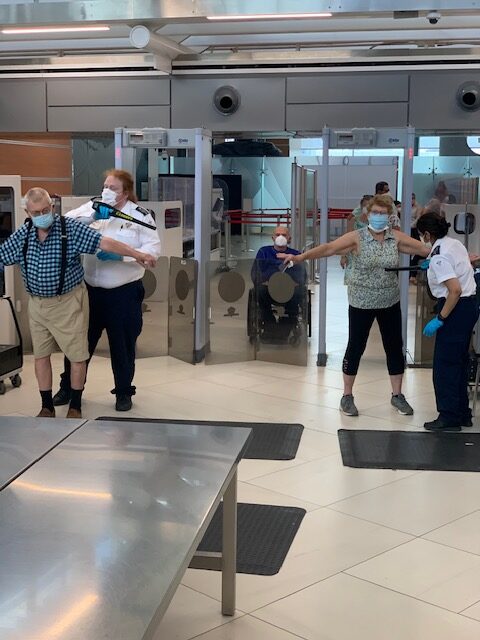


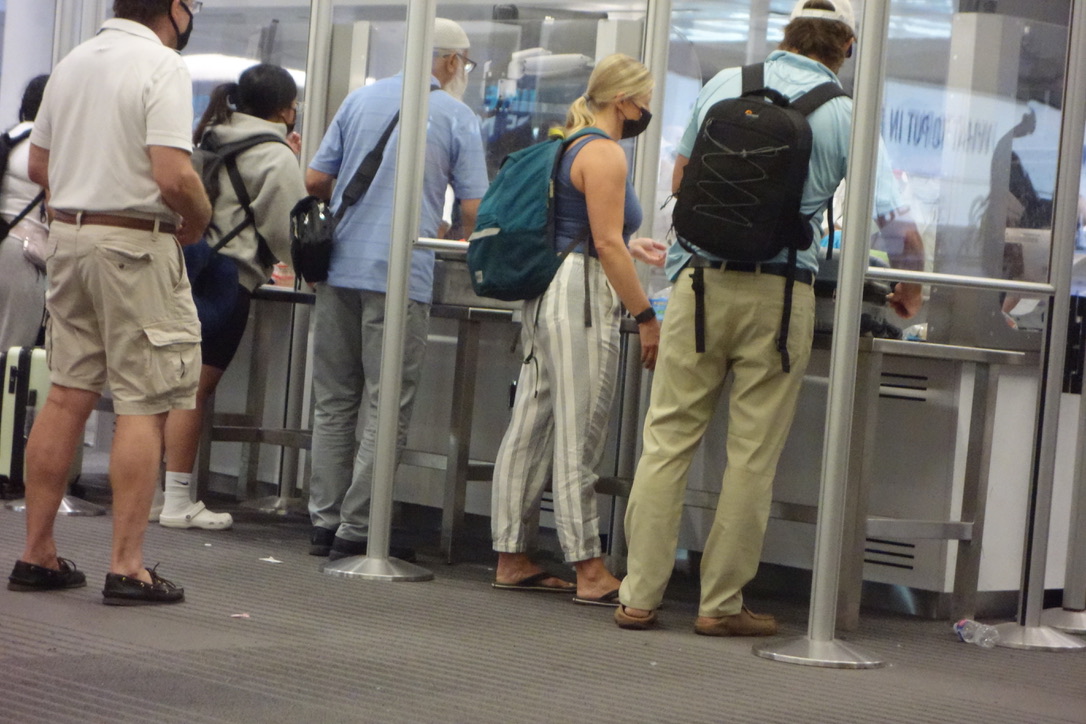

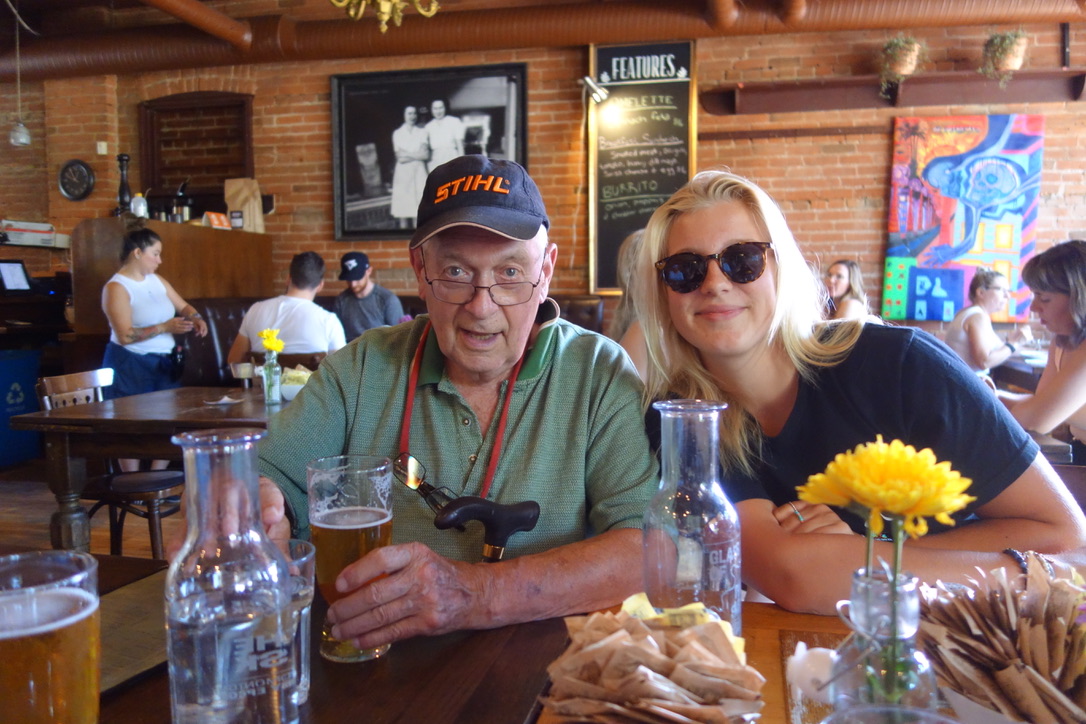

Alan's Oeuvre







EPISODE 613 ELK ISLAND NATIONAL PARK, ALBERTA JULY 20, 2022
alan skeoch
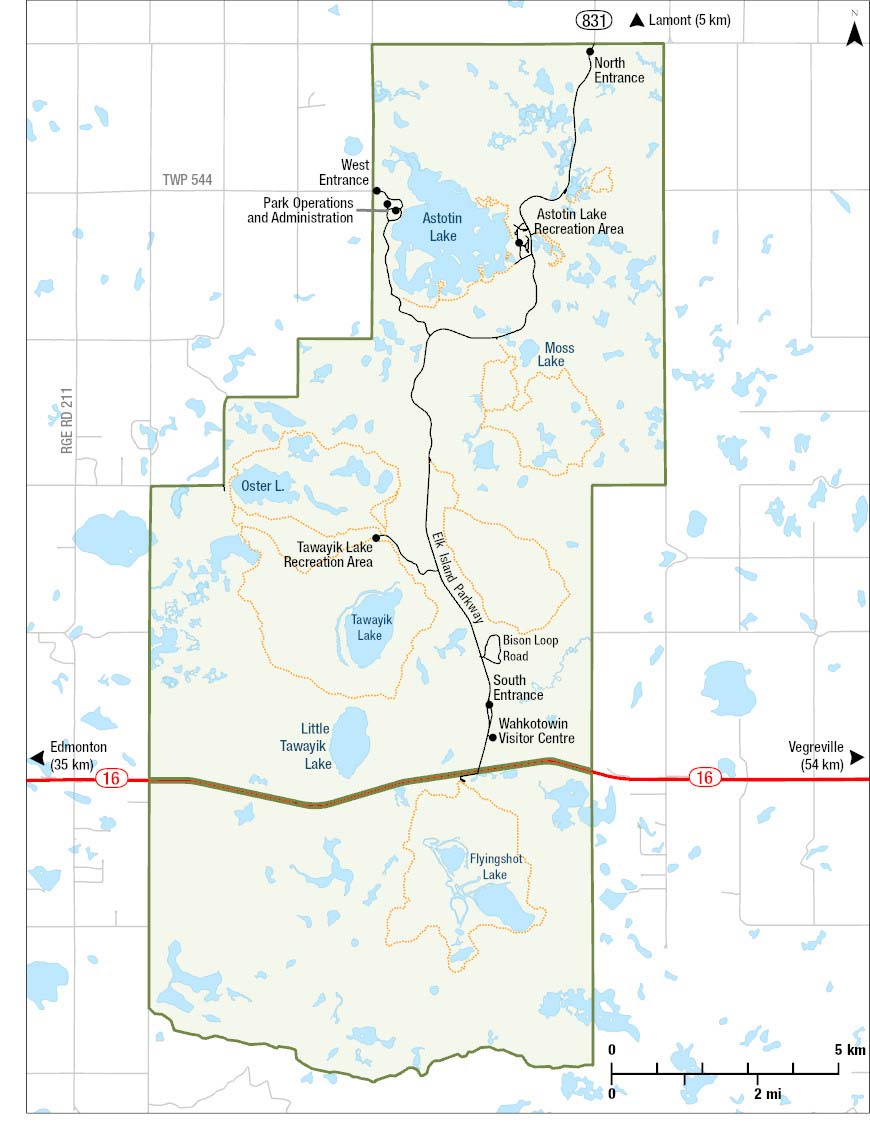
“How could 40 to 170 buffalo be missed?”
“I know it’s hard to belleve.”
Pictures by Marjorie Skeoch
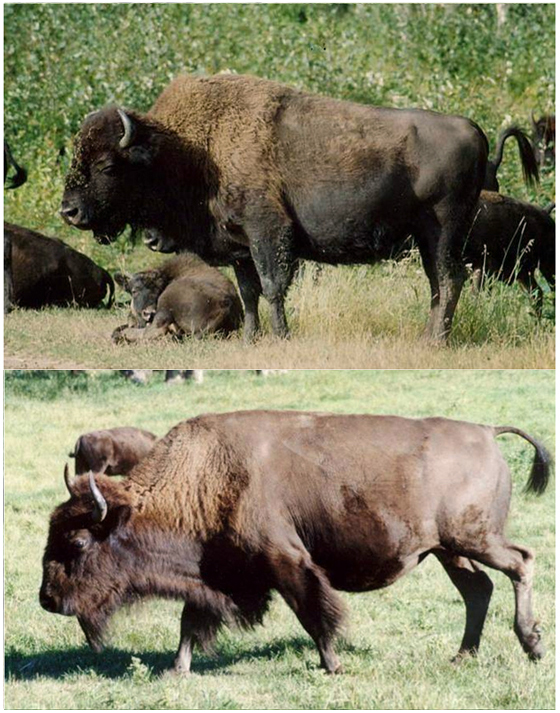
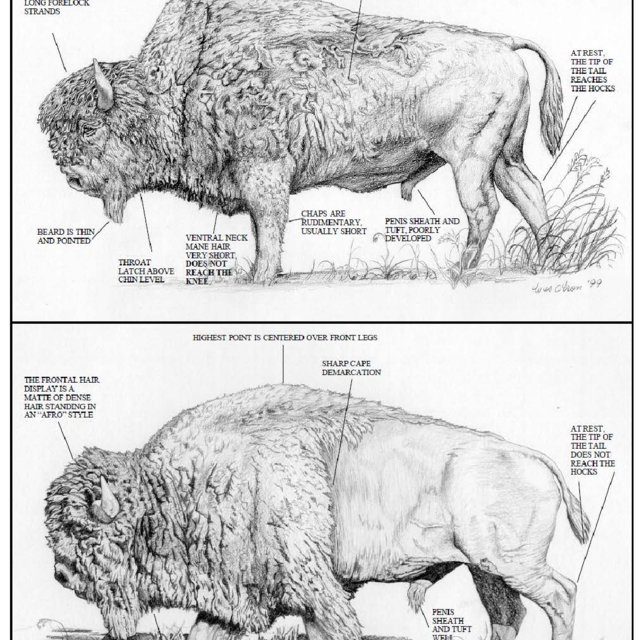
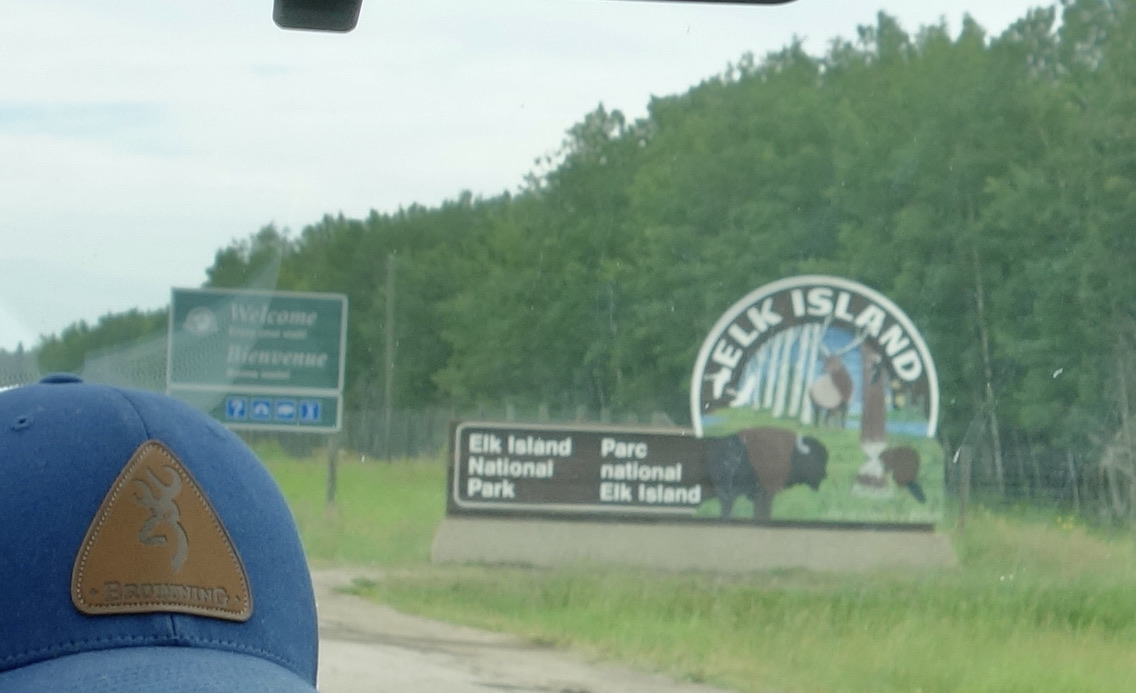

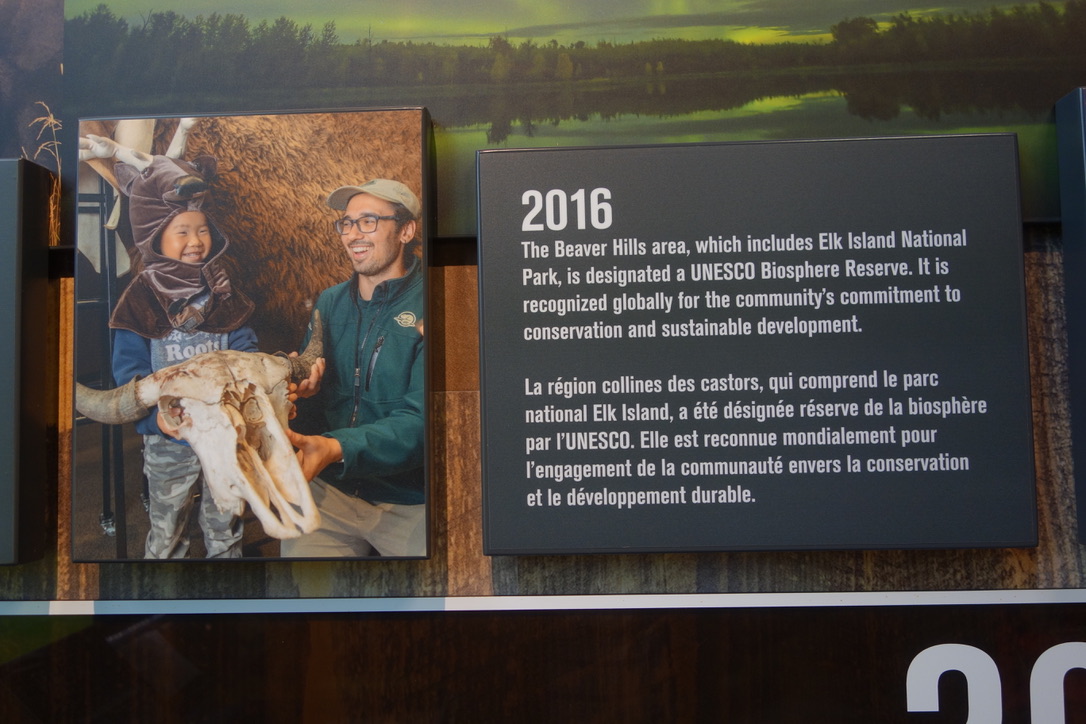

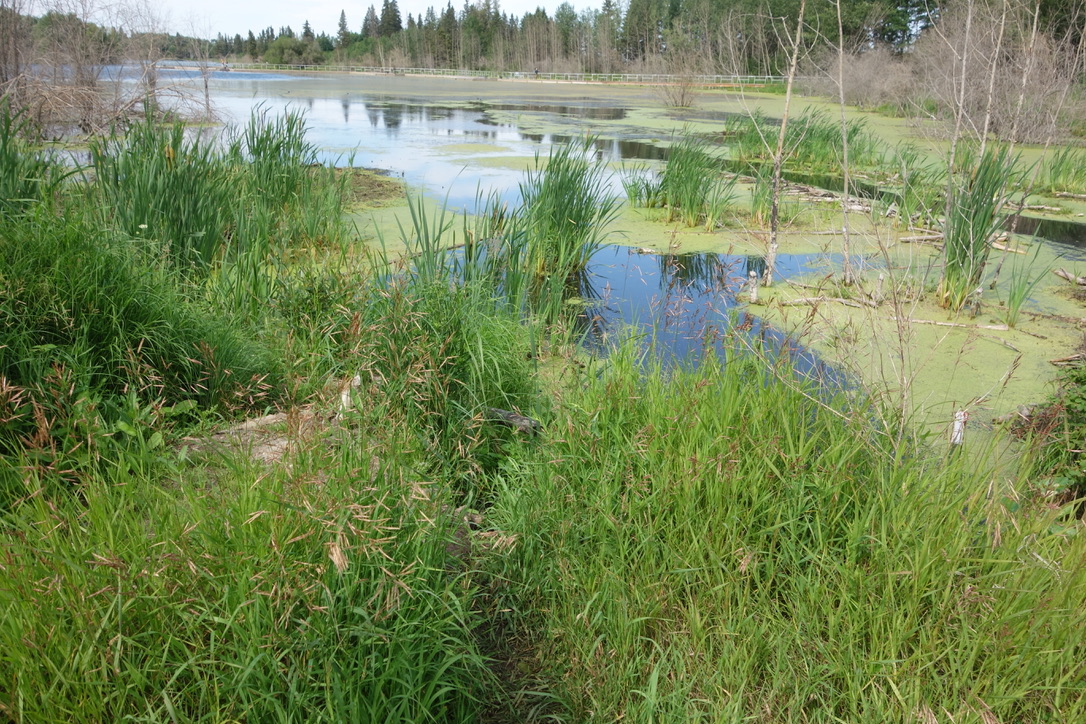
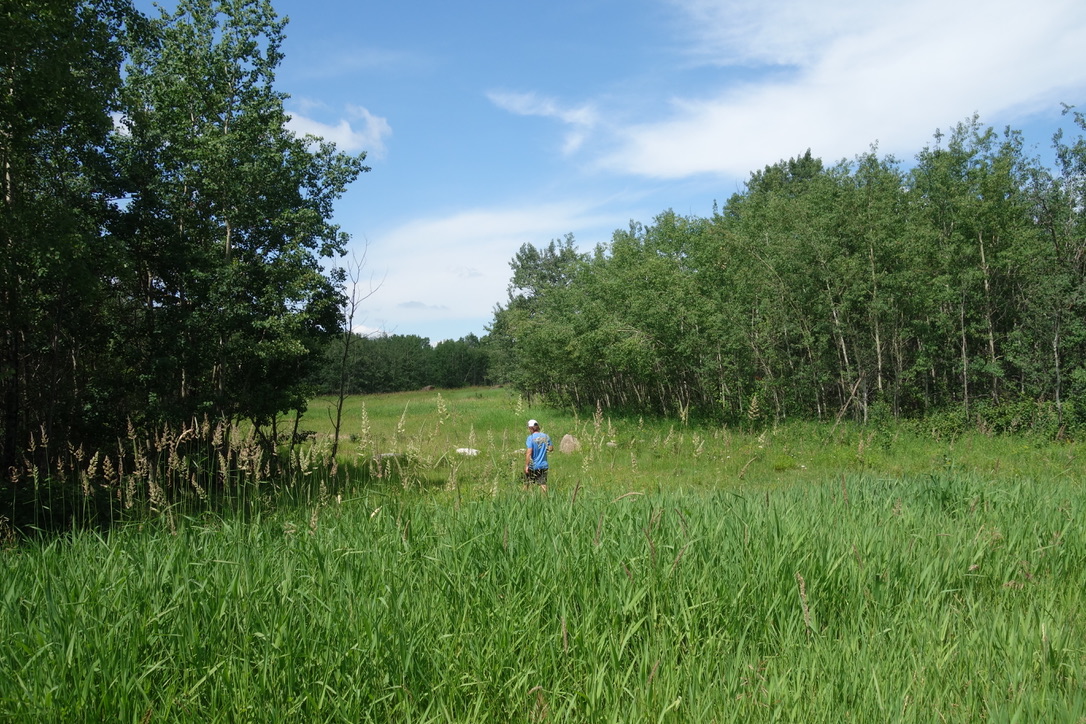
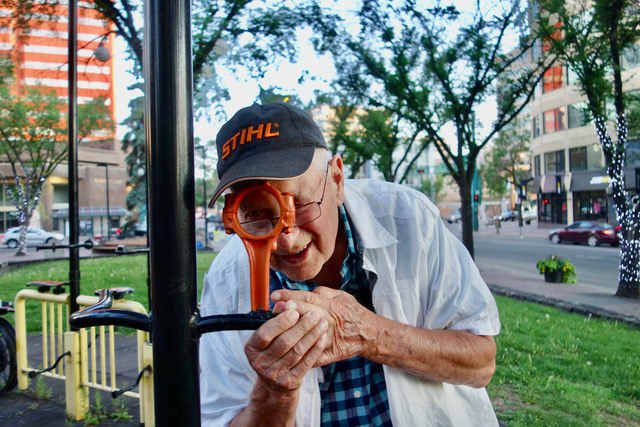
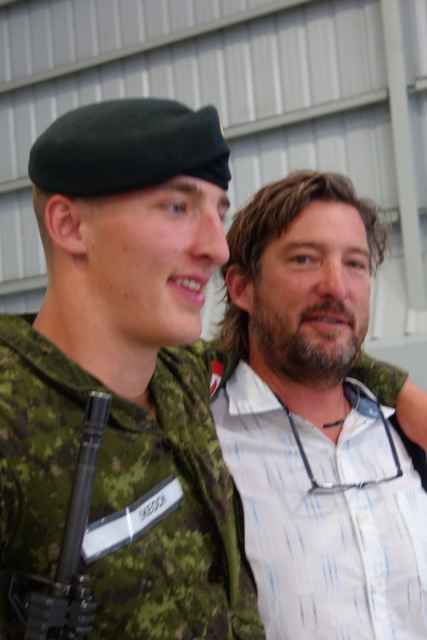
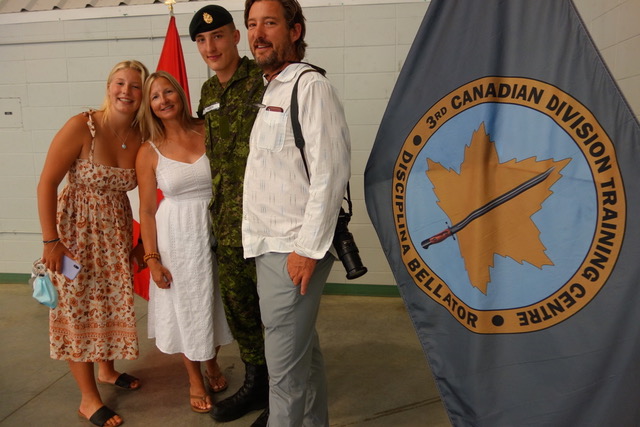

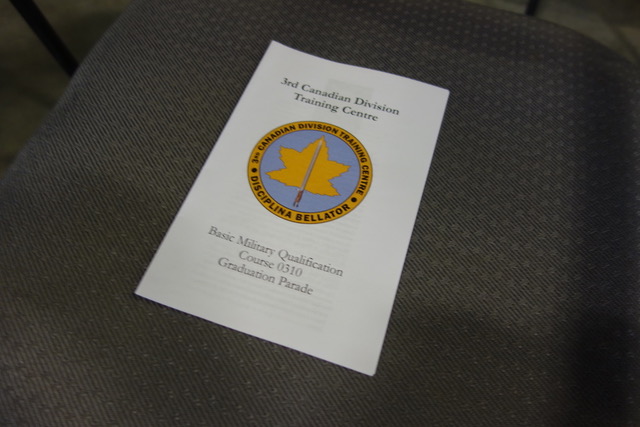


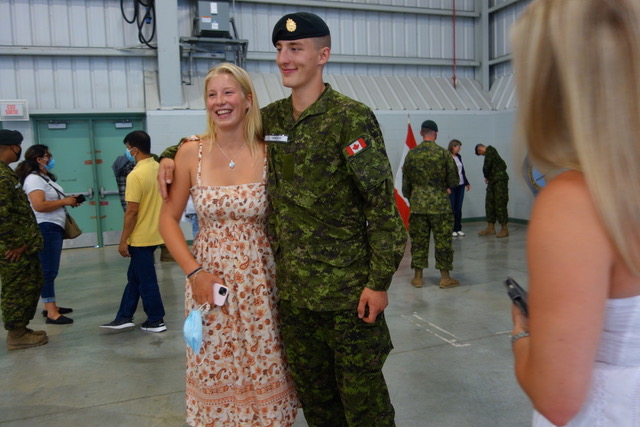
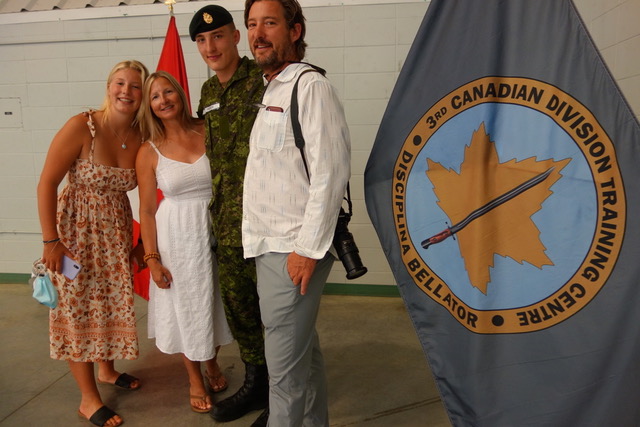


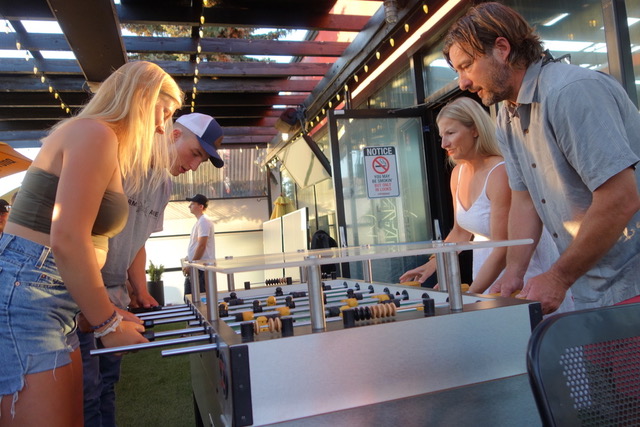
Sent from my iPhone
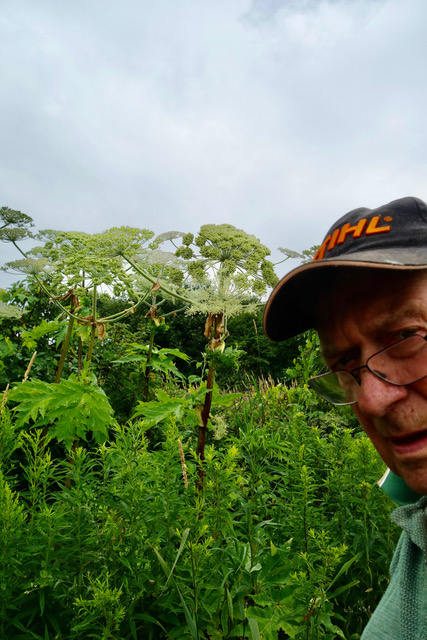
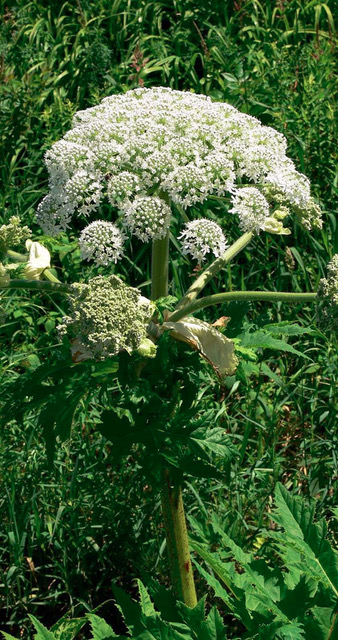

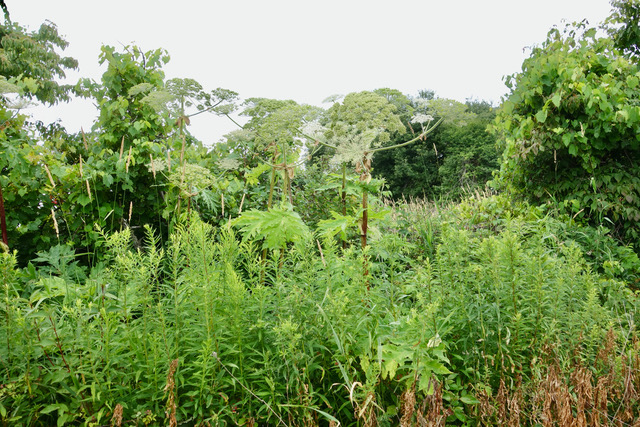

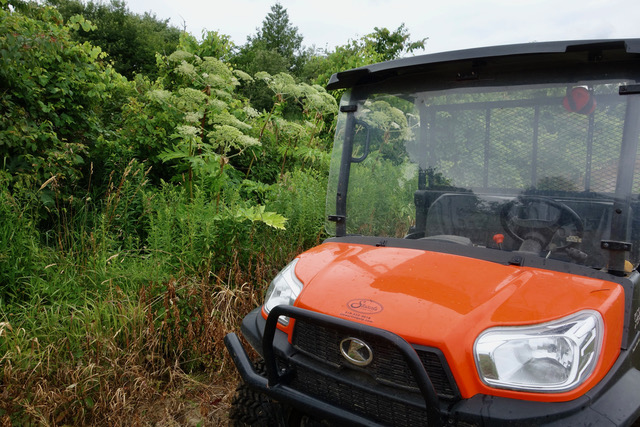
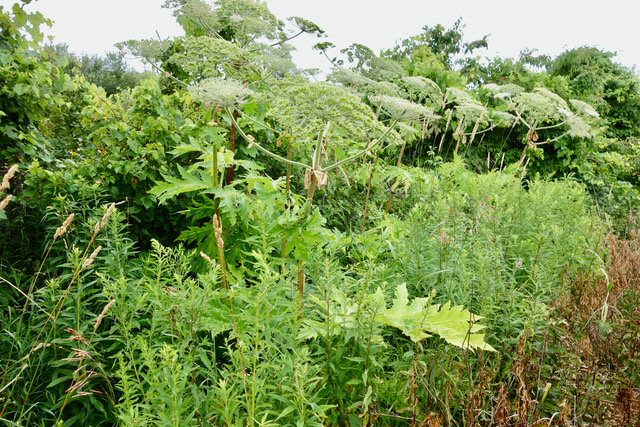

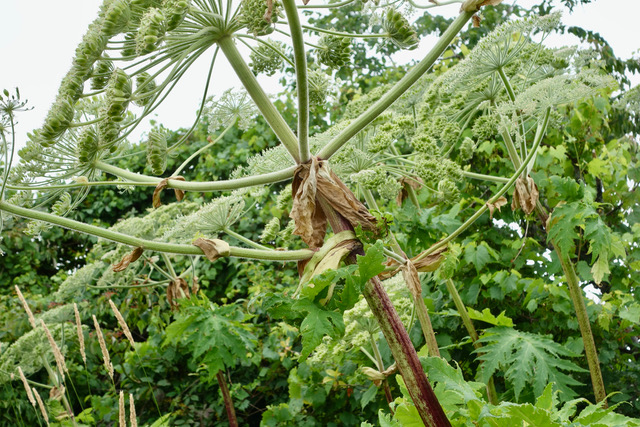

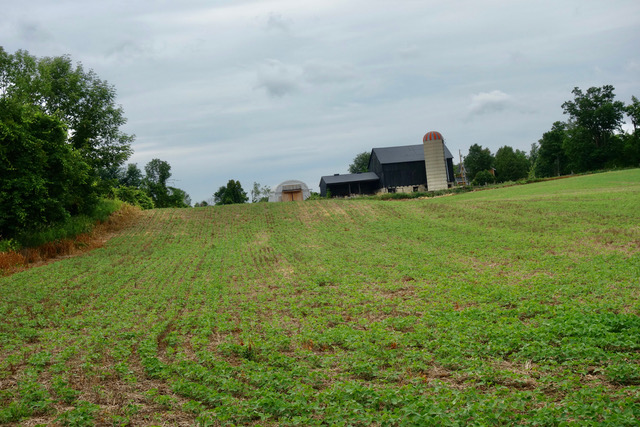

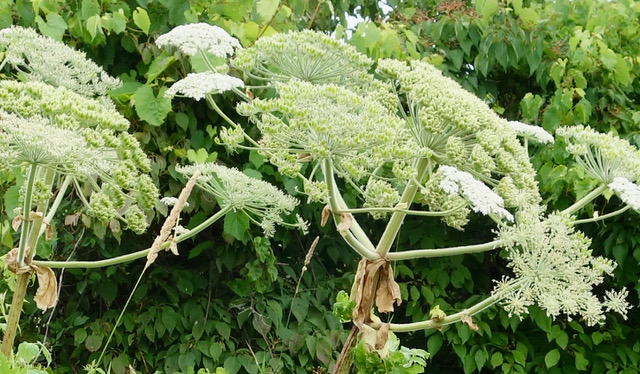






Seeds may take several years to germinate and are viable in the soil for up to 15 years. During the first year, the plant produces a rosette of leaves up to one metre high. After 2 to 5 years the plant produces flowers. As it grows a large root, thick hollow stems and large lobed leaves are formed. The stems of the plant are covered with reddish-purple flecks and stiff hairs filled with sap. Sap may also collect in the hollow stem bases. Giant hogweed flowers once in its lifetime, unless the flower clusters are damaged before opening. Once the plant produces seeds it dies. Each plant can produce up to 120,000 winged seeds (typically 50,000). Seeds dropped in streams can float for three days. They can move long distances via water in ditches and streams. Seeds can also be spread up to 10 metres by the wind.

Photo courtesy of Ron Black, NDMNRF
There is evidence that Giant hogweed can shade out native plants, although scientists have not done extensive research on its impact in Ontario or Canada. In the United Kingdom it grows in areas bordering lakes, streams, and wetlands and causes rocks, soil and other material on stream banks to fall into streams. This threatens salmon spawning sites. Similar impacts may occur in Ontario.
The clear watery sap of Giant hogweed contains toxins that can cause severe dermatitis (inflammation of the skin). You can get severe burns if you get the sap on your skin and the skin is then exposed to sunlight. Symptoms occur within 48 hours and consist of painful blisters. Purplish scars may form that last for many years. Eye contact with the sap has been reported (in the media and by various web sites) to cause temporary or permanent blindness. However, evidence of permanent blindness linked to exposure to Giant hogweed cannot be substantiated by any existing research. Coming in contact with Cow parsnip and Wild parsnip can cause similar reactions.




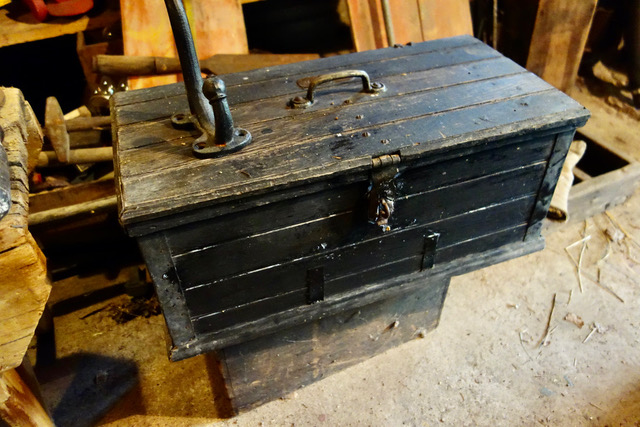
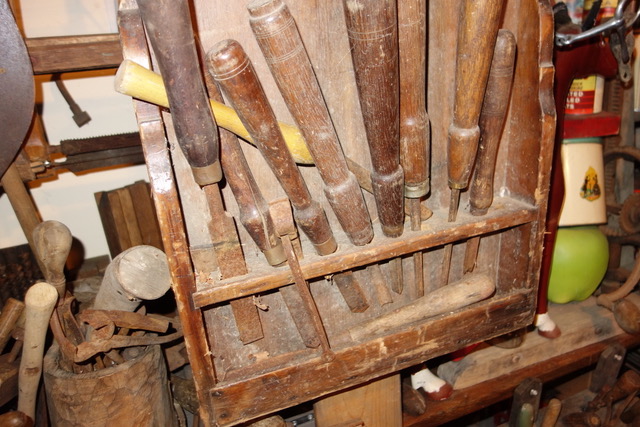
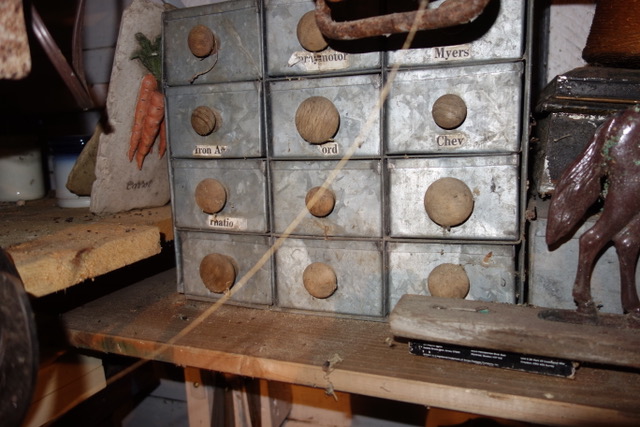



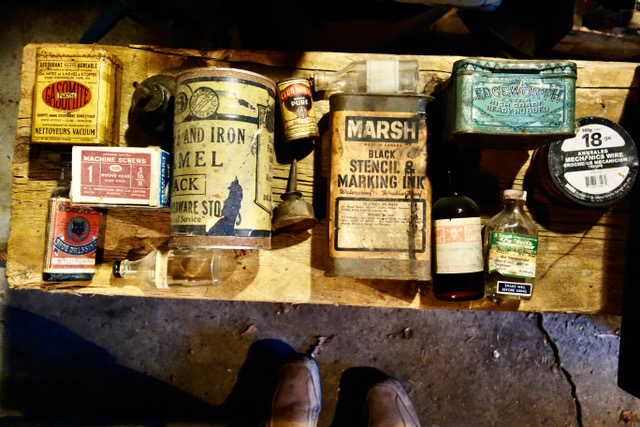





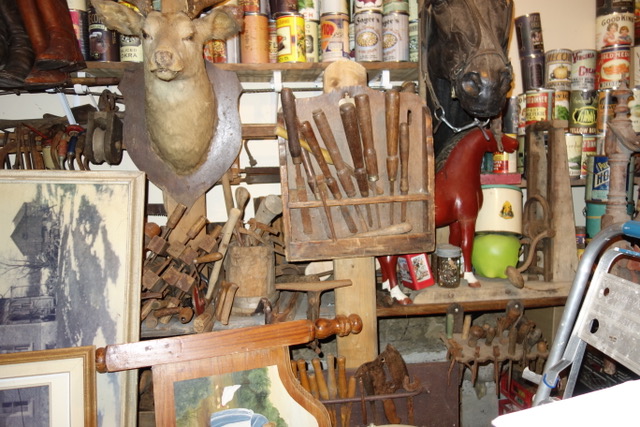
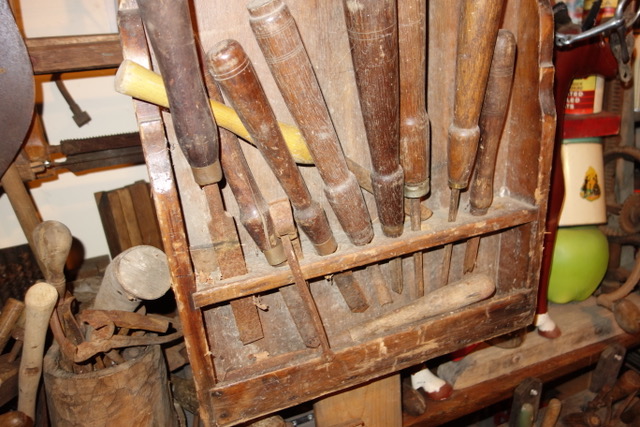


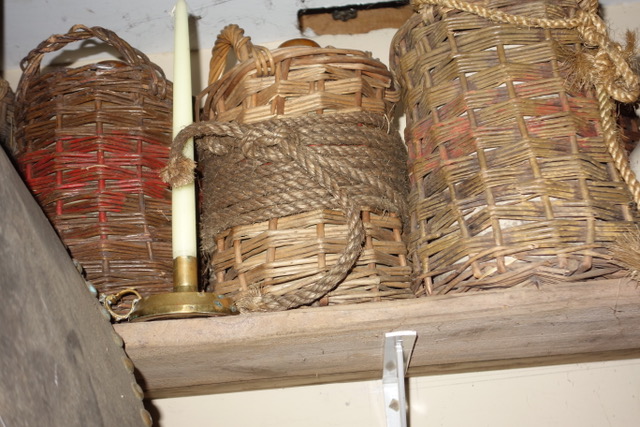
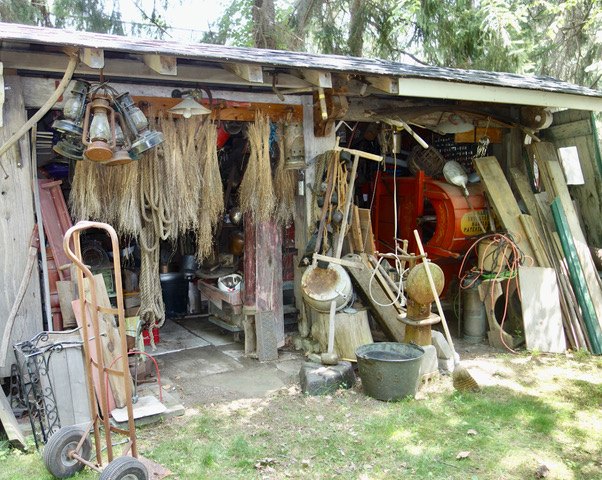
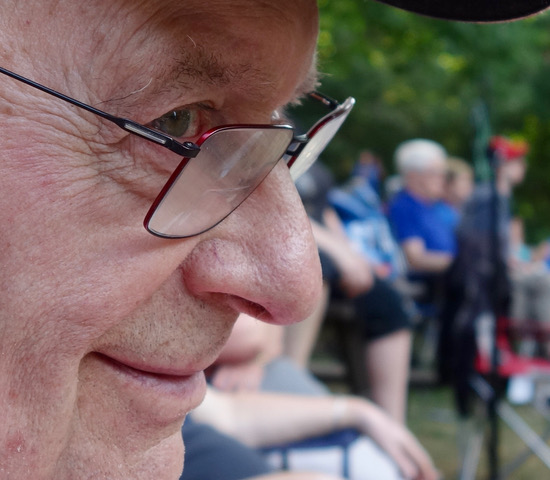


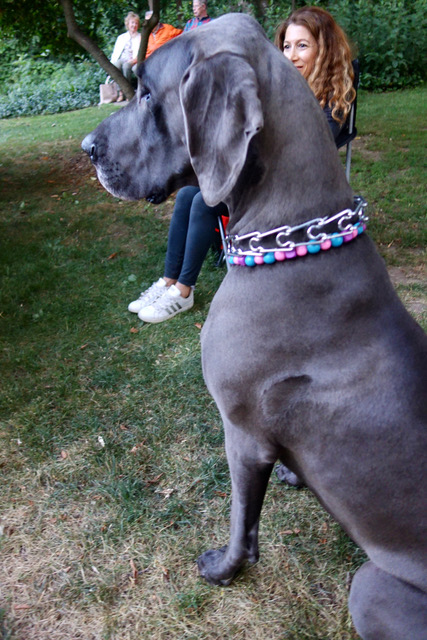
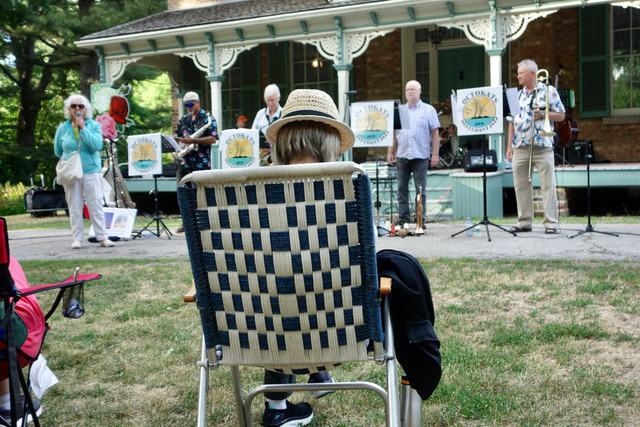
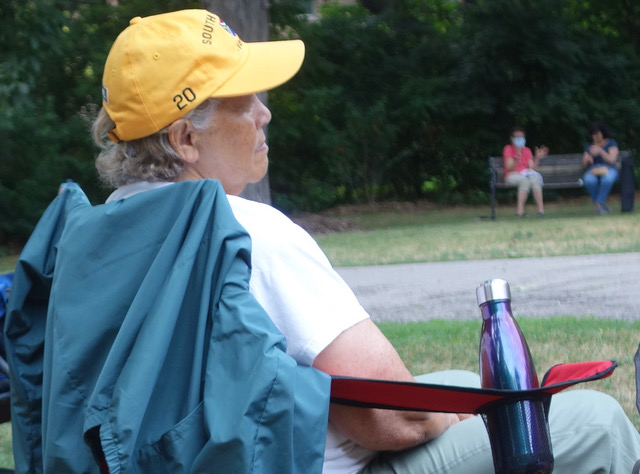
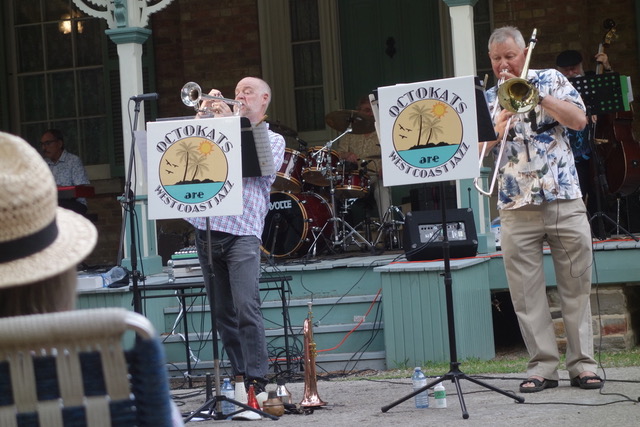
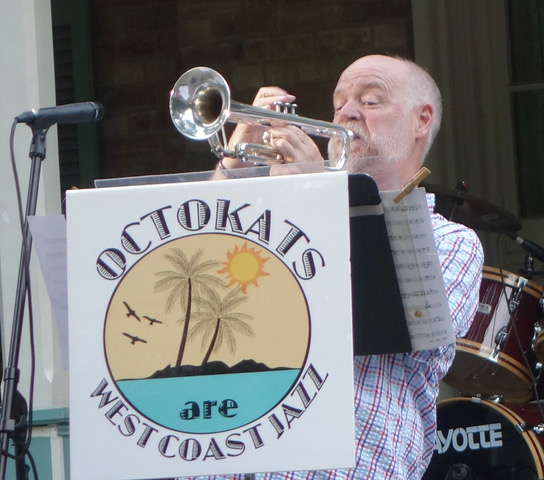

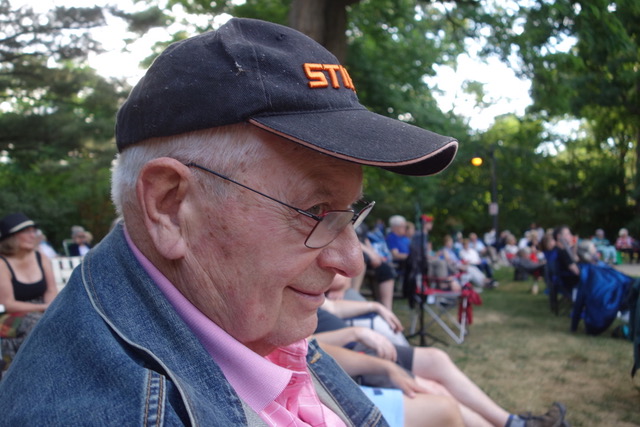

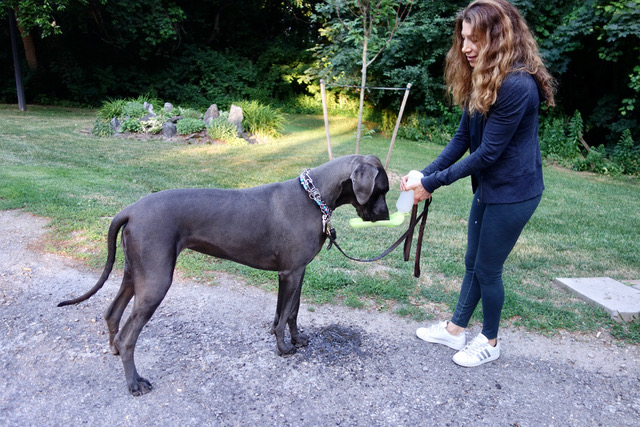
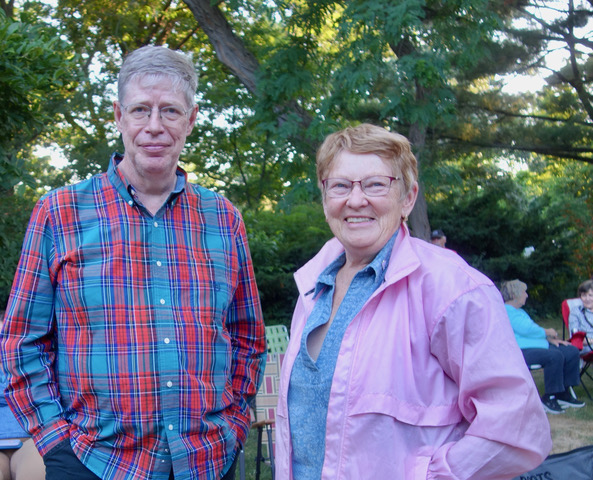
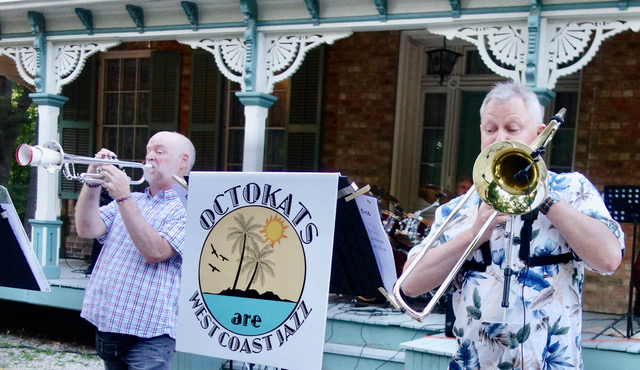







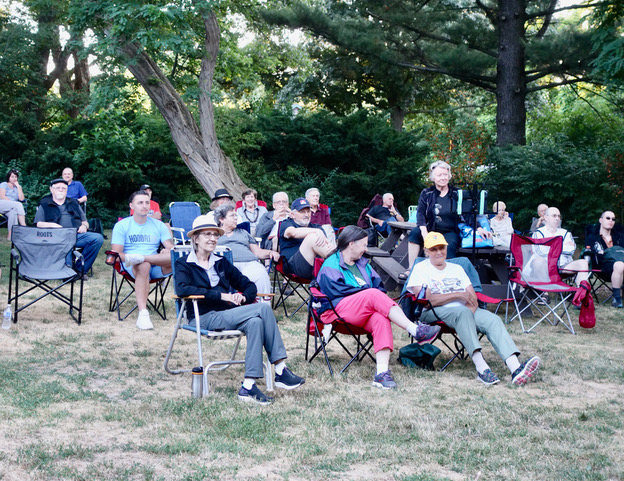
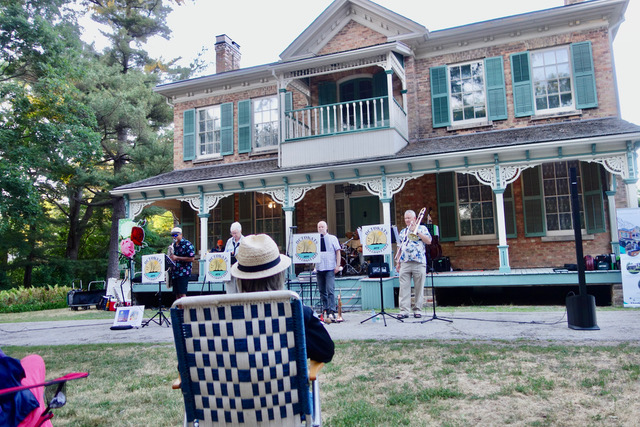
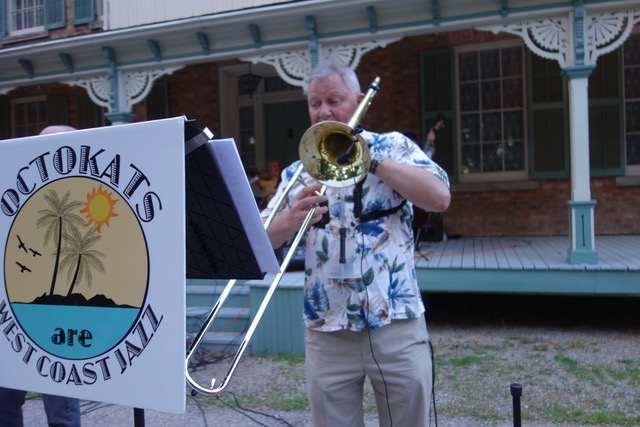
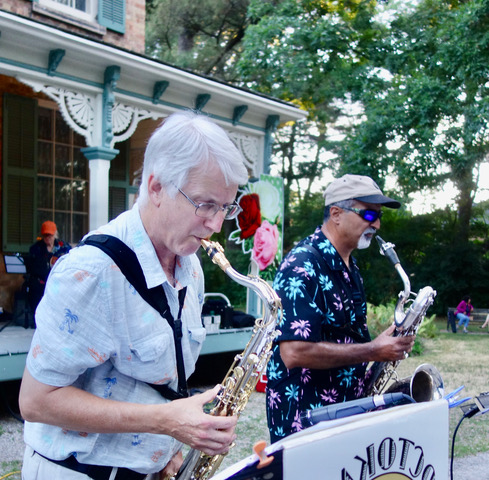
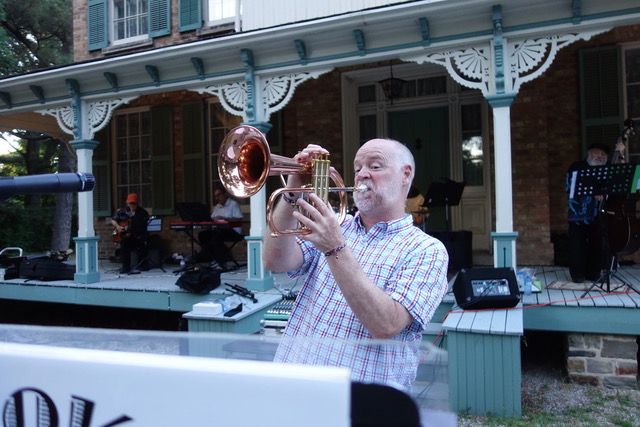


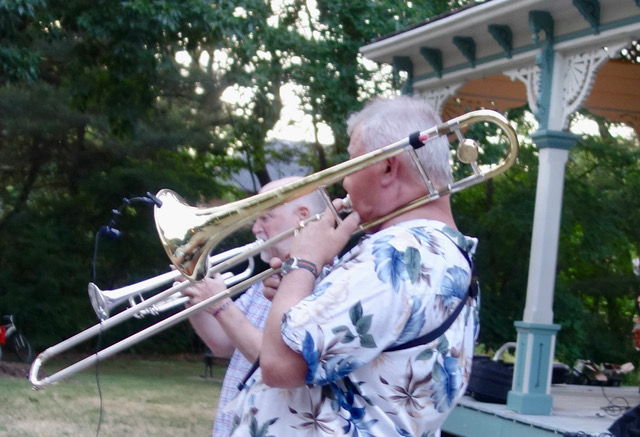


Benares Historic House was built in 1857, although parts of the home and several outbuildings date back to 1837. The house was designated under the Ontario Heritage Act in 1977.
Benares was home to four generations of the Harris and Sayers families. Today, more than 95% of the artifacts on display are original to the Harris family and the home. These include furniture, dishes, letters and pictures.
The house and most of its contents were donated by the great-grandchildren of Captain Harris (Geoffrey Harris Sayers, Dora Sayers Caro and Barbara Sayers Larson). It was restored to reflect daily life in the World War One era and opened to the public as a museum in 1995.
Varanasi, also known as Benares or Banaras, is a city in northern India on the banks of the Ganges River. It’s the holiest of the seven sacred cities in Hinduism and Jainism and also played an important role in the development of Buddhism.
The original owner and builder of Benares Historic House in 1835 was Edgar Neave. He named the property “Benares”. At the time, naming a property after a travel destination was common practice.
Ron N. asked me to find the articles I wrote about the Home children. Found on episodes 398 and 399.
Begin forwarded message:
From: ALAN SKEOCH <alan.skeoch@rogers.com>Subject: EPISODE …HOME CHILDREN..”OUR GUTTER CHILDREN CARTOONDate: July 31, 2021 at 12:49:25 PM EDTTo: John Wardle <jwardle@rogers.com>, Marjorie Skeoch <marjorieskeoch@gmail.com>, Alan Skeoch <alan.skeoch@rogers.com>
Ron N. asked me to find the articles I wrote about the Home children. Found on episodes 398 and 399.
Begin forwarded message:
From: ALAN SKEOCH <alan.skeoch@rogers.com>Subject: EPISODE …HOME CHILDREN..”OUR GUTTER CHILDREN CARTOONDate: July 31, 2021 at 12:49:25 PM EDTTo: John Wardle <jwardle@rogers.com>, Marjorie Skeoch <marjorieskeoch@gmail.com>, Alan Skeoch <alan.skeoch@rogers.com>


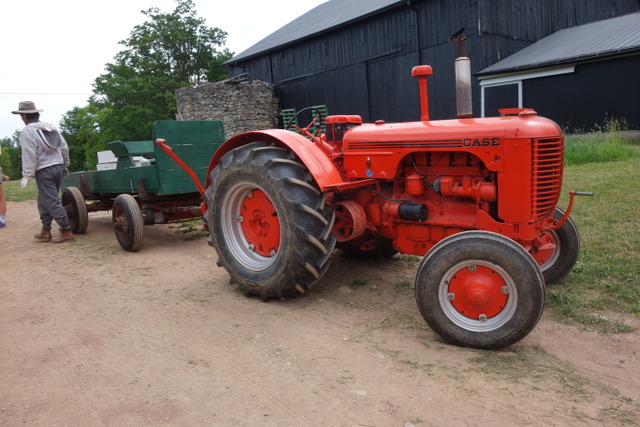

EPISODE 606 Ferguson tractors Lead the way to the South Pole with Sir Edmund Hillary in 1958alan skeochJune 2022
THIS IS A STORY ABOUT A TRACTOR. Sounds tedious….uninteresting…boring?
Note: After buying this Ferguson TO20 (1946), my son Andrew could not figure how to get it started. “I tried everything Dad but just could not get it started.thenwondered what the letter “S” on the engine meant. Could it mean ’Start’. So simple. VAROOM!… Purred like A kitten.” The Ferguson was designed to be
simple, cheap, useful, tough, versatile…”
WHAT HAS A 1946 FERGUSON FARM TRACTOR TO DO WITH ANTARCTIC SOUTH POLE?
“After conquering Mount Everest, Sir Edmund Hillary took on a new challenge. Along with Fuchs, Hillary began planning a mechanized trip
Two accounts of the venture are in the postscript below.e
Massey to the South Pole
“Despite unsuitable conditions of soft snow and high altitudes our Fergusons performed magnificently and it was their extreme reliability that made our trip to the pole possible.” —Telegram from Sir Edmund Hillary to Massey-Harris-Ferguson Farming Company
BY LAURA HARDIN | PHOTOS BY AP WORLDWIDE/RENNIE TAYLOR